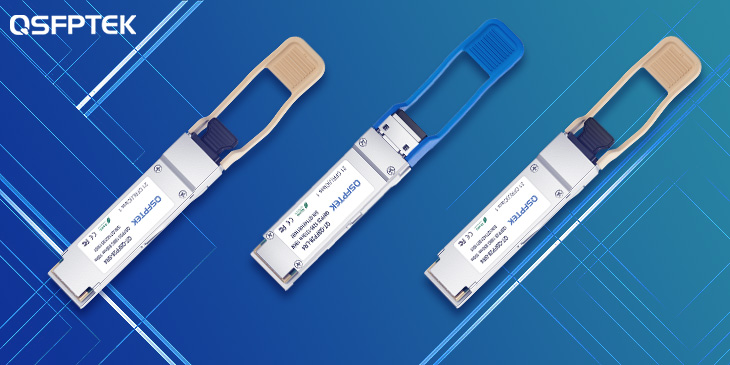With the rapid development of the information society, big data, cloud computing, Internet of Things, and artificial intelligence have greatly affected people’s work and life. The upcoming 5G mobile communications, as well as banking, taxation, hospitals, e-commerce, large and medium-sized enterprises and other industries will rely on the support of data centers, which will be the data warehouse and heart of future social information systems. The function, capacity, processing and transmission speed of the data center will directly affect whether the modern information system can meet the needs of the application. With the vigorous development of the data center industry in the world and the rapid growth of the social economy, the development and construction of data centers will be in a high-speed period. The construction of an efficient, safe, reliable, green and energy-saving data center is the foundation of the modern information society. This article will focus on the development of data center optical interconnect technology.
Development of Optical Interconnection Technology
With the rapid development of optical fiber technology and communication optoelectronic devices, the optical interconnection technology of network equipment in data centers is also developing in the direction of faster speed, larger capacity, smaller size, less use of optical fibers, and lower power consumption. In the server access layer, 100G will be tried in 2019, and scale deployment will be carried out in 2020 according to the development of the industry. 100G server access AOC cable considering 100G SFP-DD package solution. For switch interconnection, 100G QSFP28 optical modules will be deployed on a large scale in 2017 to replace 40G QSFP+ optical modules; 100G will also consider multi-mode SWDM4 and single-mode CWDM4/PSM4 technologies; single-wavelength 100G has been demonstrated at the 2018 International OFC Conference QSFP28 module. By 2019, 400G will appear, and QSFP-DD and CFP2-DCO are representative modules. The optical module on board (COBO) technology is the entry point at 400G and will be oriented to above 800G.
In optical fiber technology, in order to support the emerging SWDM4 short-wavelength division multiplexing and BiDi duplex dual-wavelength applications, ISO/IEC and TIA released IEC60793-2-10 A1a.4b and TIA-492AAAE broadband multimode fiber respectively in 2017 OM5 technical standard. OM5 has 4 channels, which extends the wavelength range supported by OM3 and OM4 fibers in the lateral direction, and increases the bandwidth requirement on the 953 nm wavelength, which increases the transmission capacity of OM5 by four times. OM4 fiber cable is lower, and OM5 fiber has lower dispersion. Using OM5 fiber can not only greatly reduce the number of fiber cores interconnected in the data center, but also increase the transmission distance. The use of OM5 fiber is not only compatible with the original traditional parallel optical modules, but also supports duplex transmission optical modules. Therefore, from the perspective of the overall investment cost, return on investment and risk control of the data center, OM5 fiber will be the preferred transmission medium for optical interconnection of new data centers in the future.
